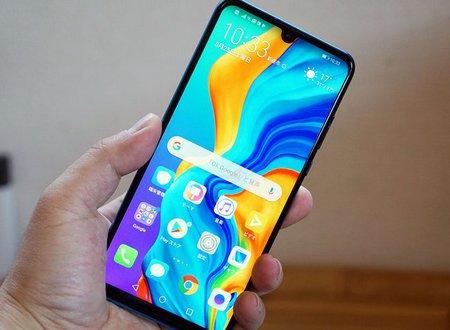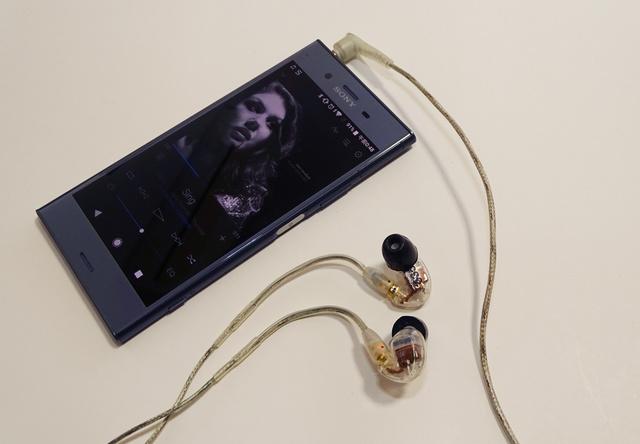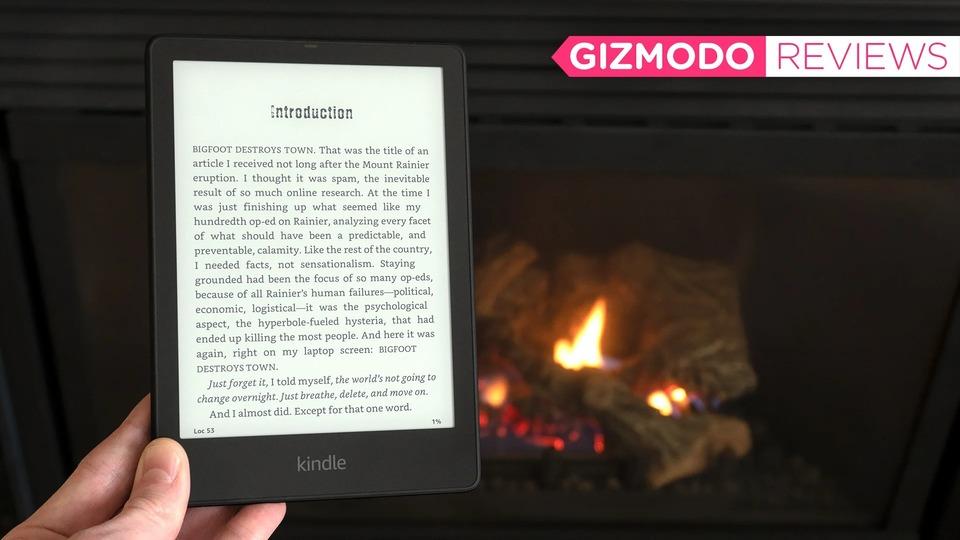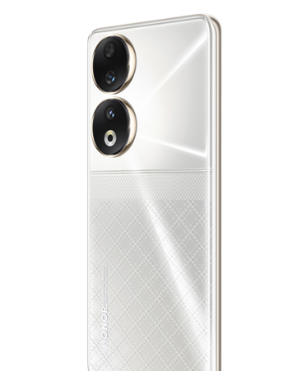Huawei held a press conference in Paris, France on March 26 (local time) and announced the smartphone flagship model "HUAWEI P30" series. In particular, the camera function will be further enhanced, and it will be appealed as "rewriting the rules of photography" (Huawei Consumer Business Group CEO Richard Yu).
Two models, P30 and P30 Pro, are available, both of which will be released in Europe from March 26th. Prices start at €799 for the P30 and €999 for the P30 Pro.
The P series is the top model alongside the company's flagship smartphone Mate series. The camera function jointly developed with Leica, a German camera manufacturer, has a good reputation, and this time the announcement focused on the camera function. "The P series is the ultimate evolution of mobile photography," Yu said.
The collaboration with Leica started with the HUAWEI P9 series in 2016. Starting with a dual camera with two cameras, a color sensor and a monochrome sensor, the 2017 P10 is equipped with a Leica lens in the in-camera, and the 2018 P20 adopts a triple camera, with a catchphrase of "Takumi's photo by AI". was.
And this P30 is introduced with the copy "Rewriting the rules of photography". Huawei's vision for mobile photography is to 'realize innovative mobile photography that goes beyond human vision'.
To achieve this, the P30 Pro has four cameras. The main feature is a camera equipped with a sensor with 40 million effective pixels and a wide-angle lens with a 35mm equivalent of 27mm and an open F value of F1.6.
As an ultra-wide-angle camera, in addition to three cameras, a 16mm F2.2 20-megapixel camera and a 125mm F3.4 8-megapixel camera, a camera for acquiring depth information is installed. , with a total of four cameras.
The RYYB sensor, the world's first, is installed as a new technology in the main camera. Modern cameras typically place a color filter over the sensor to apply color to the pixels. It is generally called a Bayer array, in the form of RGGB (red, green, green, blue), with twice as many Gs (green) arranged.
The RYYB sensor replaces the G part of the color filter with Y (yellow). Originally, primary color filters using RGB, which are the three primary colors of light, have excellent color reproducibility. RGGB achieves higher color reproducibility by arranging more G, which has high human visual sensitivity, but it tends to have poor light transmittance.
On the other hand, there are complementary color filters that have lower color reproducibility but higher sensitivity, and this has a color scheme of CMYG (cyan, magenta, yellow, and green). Since these have high light transmittance, they are designed to capture more light, and this technology replaces G (green) with Y (yellow).
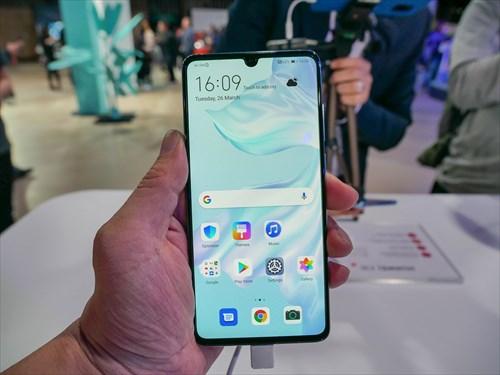
In the end, it seems that Y will be converted to G and colors will be generated by arithmetic processing, which will allow more than 40% of the amount of light to be captured, achieving higher sensitivity and higher image quality. It is now possible.
"We have redefined the basic principles of sensors that were set more than 40 years ago," emphasizes Yu. It seems that the development of RYYB took three years, and it seems that it has become a long-awaited introduction.
In addition, the sensor size of the main camera is as large as 1/1.7 inches, which is 25% larger than the 1/2.55 inches of the Galaxy S10+ and iPhone Xs Max. In addition, compared to the previous model P20 Pro, the F value of the main camera has been increased from F1.8 to F1.6, increasing the amount of light that can be captured by 25%.
As a result of these efforts, the maximum ISO sensitivity achieved an amazing ISO409600. Compared to other companies' ISO6400 and the P20 Pro's only support up to 102400, we have made it possible to support significantly higher ISO sensitivities. By the way, P30 supports up to ISO204800.
The EOS 5D Mark IV, a digital single-lens reflex camera that was also compared with the P20 Pro, has a maximum ISO sensitivity of ISO 102400, and the α7S II, which has improved high sensitivity performance, has ISO 409600, and a full-size mirror that supports ultra-high sensitivity. We have achieved an ISO sensitivity equivalent to that of a lesser camera.
Mr. Yu appealed that it can reproduce bright and rich colors even at low illumination of 1 lux. You can shoot the aurora in the handheld night view mode, and you can shoot the starry sky with the long shutter speed shooting, and the high performance of shooting in dark places is appealing.
In addition, the main and telephoto cameras are equipped with AIS, which is an optical image stabilization and AI-based image stabilization, and a "silky water shot" that expresses the flow of water with a slow shutter. I introduced the point that you can shoot handheld.
The P30 Pro is equipped with three lenses ranging from a 16mm ultra-wide angle to a 125mm telephoto, and is capable of hybrid zoom up to 270mm, which is 10 times the main camera's 27mm. Furthermore, as a digital zoom, it is possible to zoom up to 1343 mm, which is about 50 times. Mr. Yu emphasized that the image quality is higher than that of other companies, and expressed that it is capable of photographing the moon.
In addition, by installing a ToF camera that acquires depth information, it is said that it has become possible to accurately calculate the distance to the subject and create more natural background blur. It seems that details such as hair that are difficult to process with digital processing are also accurately recognized.
It is said that videos can also be shot brightly even in low-light environments due to the high-sensitivity performance of the main camera. The video camera shake correction function is also powerful by combining OIS and AIS. It also supports telephoto shooting up to 125mm.
As an interesting function, it has a "Dual-View Video" function that shoots videos with the main camera and telephoto camera at the same time and displays them on one screen.
The P30 Pro uses the RYYB filter, which is the result of three years of research, and enables ultra-high ISO sensitivity shooting of ISO409600. It seems that it can be said that it is creating a unique world view as a smartphone that realizes photos that exceed the human eye.






